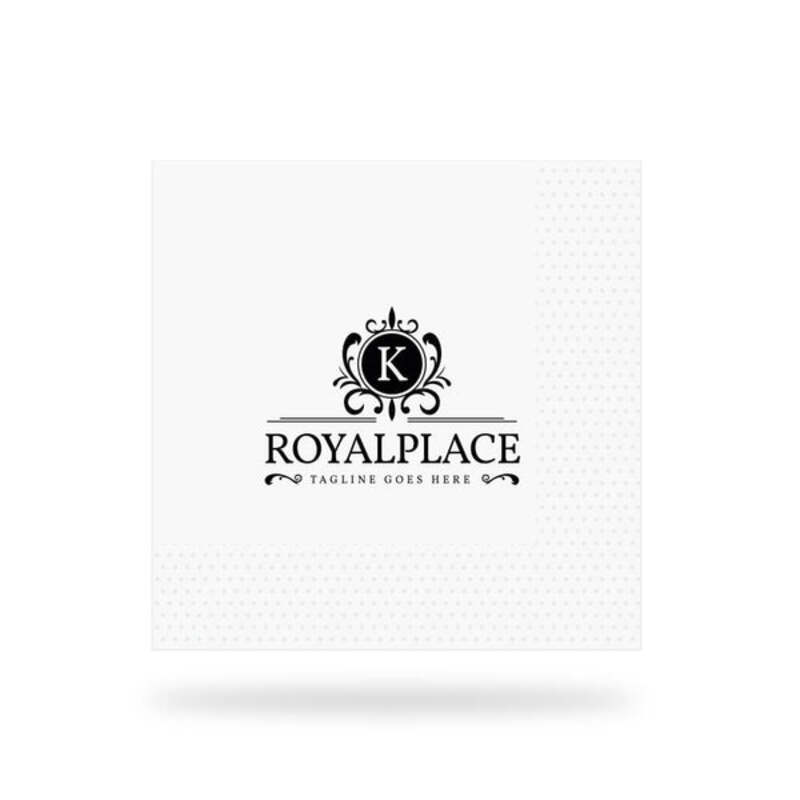Understanding Shipping Boxes The Backbone of Logistics
In today's fast-paced global economy, shipping boxes play a crucial role in the logistics and transportation industry. From small parcels to large freight shipments, these seemingly mundane items are the unsung heroes of commerce, ensuring that goods are delivered safely and efficiently from one location to another. Understanding the different types of shipping boxes, their materials, and their significance can provide valuable insights into the shipping process itself.
The Varieties of Shipping Boxes
Shipping boxes come in various shapes and sizes to accommodate a wide range of products. The most common types include
1. Regular Slotted Containers (RSC) These are the most widely used shipping boxes. They consist of a single piece of cardboard that is folded to form a box, with flaps that meet in the middle when closed. RSC boxes are versatile and suitable for most products.
2. Die-Cut Boxes Custom-designed for specific products, die-cut boxes are made with precise cuts and folds. They offer a tailored fit, reducing the amount of filler material needed during shipping.
3. Flat Pack Boxes Ideal for assembly-required products, flat pack boxes can be easily transported and stored, as they take up less space when not in use.
4. Bulk Boxes These larger boxes are designed for high-volume shipping and are used to package multiple smaller items, making it easier for distributors to handle and transport goods.
5. Mailers and Envelopes For smaller items, mailers and padded envelopes provide a lightweight shipping solution, often used for books, documents, or electronics.
Materials Used in Shipping Boxes
Shipping boxes are primarily made from cardboard, which offers a combination of lightweight strength and cost-effectiveness
. The paperboard used in these boxes varies in thickness and durability, with options such asshipping boxes

- Single-wall cardboard Made from one layer of fluted paper sandwiched between two liners, it's suitable for light to medium-weight items.
- Double-wall cardboard Made with two layers of fluted paper, it provides additional strength and is ideal for heavier items.
- Triple-wall cardboard Although less common, these boxes offer maximum strength for extremely heavy or fragile products.
Additionally, shipping boxes can also be constructed from plastic and other materials, depending on the requirements of the item being shipped. For instance, eco-friendly options made from recycled materials are increasingly popular among businesses aiming to reduce their carbon footprint.
The Importance of Packaging Design
A well-designed shipping box is not just about protection; it's also about branding and customer experience. Companies are increasingly recognizing the value of packaging as a marketing tool. A box that features an eye-catching design or has a unique unboxing experience can enhance customer satisfaction and loyalty.
Moreover, the rise of e-commerce has placed additional pressure on businesses to provide efficient and secure packaging. With more customers expecting fast and safe deliveries, investing in high-quality shipping boxes has become essential for maintaining competitiveness in the market.
Sustainable Shipping Solutions
As sustainability becomes a priority for consumers and businesses alike, there is a growing demand for eco-friendly shipping options. Many companies are now using recyclable and biodegradable materials in their packaging, and some are even opting for minimalistic designs to reduce waste. The switch to sustainable shipping boxes not only helps the environment but can also improve a company's brand image, attracting customers who value eco-conscious practices.
Conclusion
Shipping boxes are more than just containers; they are a vital component of the global supply chain. Understanding the different types of shipping boxes, their materials, and the importance of design can help businesses optimize their shipping processes and enhance customer satisfaction. In a world where efficiency, safety, and sustainability are paramount, properly designed shipping boxes stand out as integral elements that contribute to successful logistics and overall business performance. As e-commerce continues to grow, the shipping box will remain essential, ensuring that the products we order arrive at our doorsteps in perfect condition, ready for us to enjoy.



